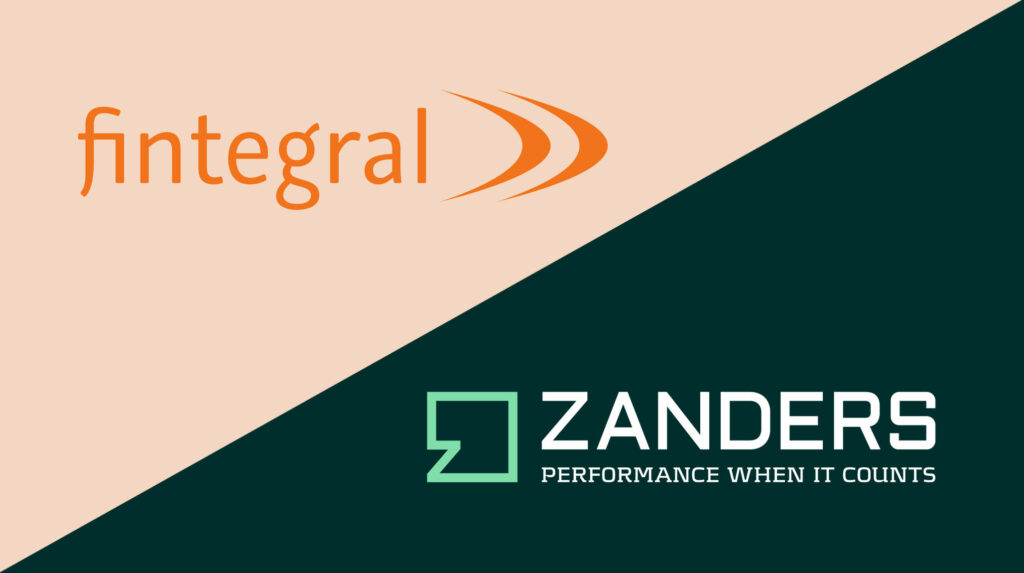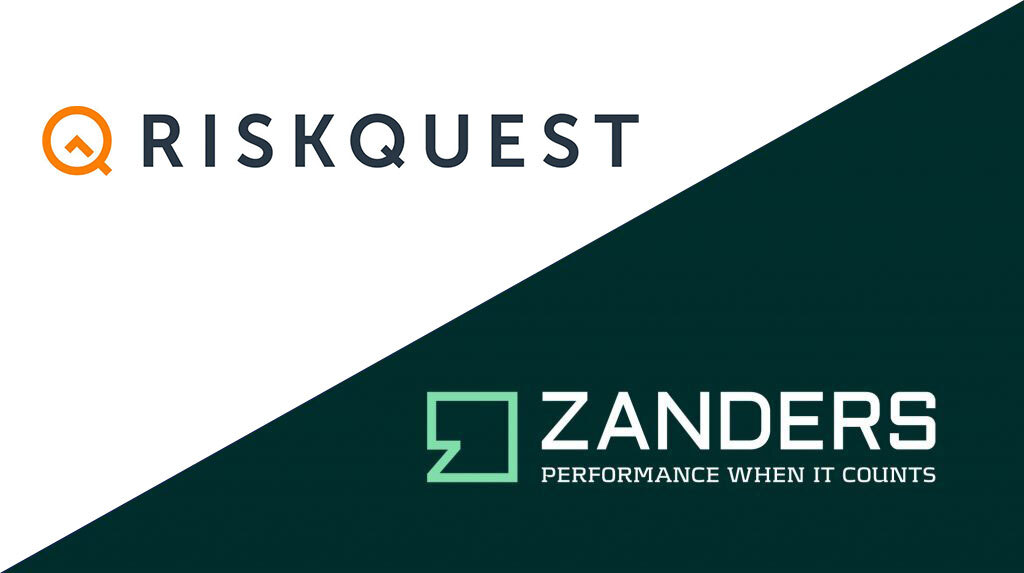We conducted a comprehensive review of the model landscape and governance across all KYC & AML models in a leading Dutch bank with over 900 billion in assets.
Challenge
Although the shift toward a risk-based approach for models and processes in a bank’s first line of defense (1LoD) is widely adopted across the industry, this approach is often lacking in second-line (2LoD) activities. As a result, limited compliance and validation resources are allocated to low-complexity, low-impact models, leaving less time for rigorous evaluation of high-impact, complex models.
We conducted our review by focusing on four key areas: first, clarifying the definition and classification of models; then building a risk-based approach to model risk management given this classification. Finally, we covered model ownership and the overarching landscape.
Model Definition and Classification
What qualifies as a model? This question is as straightforward as it is fundamental. Without a clear definition, institutions cannot build a coherent approach to model risk management. Under the existing framework, several "expert opinion"-based systems were subject to model validation requirements. By leveraging Zanders’ extensive market experience, we refined the definition to align with industry standards, effectively removing these expert systems from the model inventory.
The bank’s existing model risk classification, based on the likelihood and magnitude of reputational risk, did not require an overhaul but benefited from key refinements. Zanders recommended enhancing the framework by factoring in additional elements, such as automation and model complexity. These refinements resulted in a classification system suitable for leading industry models.
Risk-Based Model Risk Management
With a robust model classification established, a risk-based approach to model risk management was implemented. Each model was assessed based on its potential reputational risk and intrinsic complexity, with oversight measures adjusted accordingly.
For example, models with lower risk and complexity were validated using a more qualitative approach, eliminating unnecessary benchmarking and confidence level requirements.
Model Ownership
Ownership is a critical component of the financial crime model landscape. Without clear ownership structures, model maintenance and necessary improvements, such as those prompted by validation findings, become challenging.
A well-defined ownership structure ensures sufficient independence between model development, ownership, and validation, reinforcing accountability and governance.
Model Landscape
Within the Compliance and KYC domains, a wide range of models exist, broadly categorized under:
- Customer Due Diligence (CDD)
- Transaction Monitoring (TM)
- Screening
- Market Abuse
- Investment Risk
Following our review, we provided a detailed visual representation of this often highly complex model landscape. This offered the management team a unique, high-level perspective, helping identify key areas for improvement based on industry best practices and regulatory expectations.
For more information, visit our Financial Crime Prevention page, or reach out to Johannes Lont, Senior Manager.






































